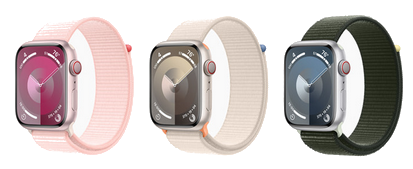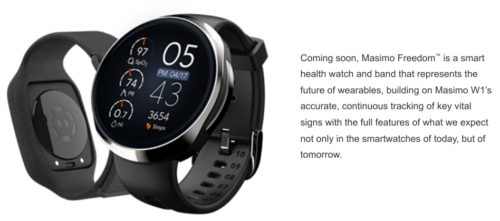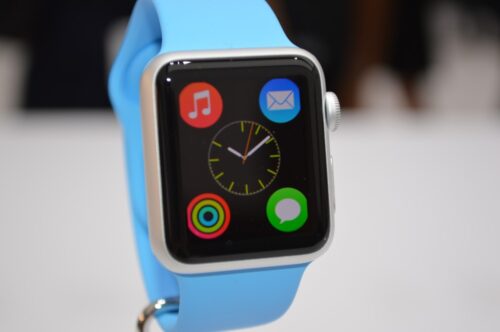
The ban of the Apple Watch Series 9 and Ultra 2 goes into effect now, and only in America, based on an International Trade Commission (ITC) determination.
The ITC issued the ban after finding that Apple infringed on blood oxygen saturation technology patented by a company called Masimo. It also ordered Apple to stop selling any previously-imported devices with the infringed-upon tech.
Both companies are headquartered in California. Apparently the dispute is directly related to more than 20 engineers targeted and poached by Apple from Masimo to recreate patented technology without paying for the rights.
“This is not an accidental infringement — this is a deliberate taking of our intellectual property,” he continued, accusing Apple of hiring more than 20 engineers from his company. “I am glad the world can now see we are the true inventors and creators of these technologies.”
More specifically, this complaint sounds very familiar for anyone who has ever worked in Silicon Valley high-tech.
The company said it met with Apple about integrating its technology into Apple products in 2013, and that Apple later hired away several of its employees.
Apple for its part has complained to the Patent and Trademark Office to have Masimo’s patent rights invalidated, and also counter-sued claiming that the Masimo smart health watches are an infringement on Apple’s late entry into the smart watch market.

I can understand why Masimo is expressing dissatisfaction about its engineers being invited to discuss matters with Apple in 2013 and then hired away. It likely stems from the fact that a particular Sony smartwatch had gained significant attention in 2012.
Notably, the initial Apple Watch being designed at this time bore a very striking resemblance to the earlier Sony watch. This kind of detail holds significance in the dispute, suggesting that Apple may have been closely observing and potentially sourcing innovations from others including Sony and Masimo.
For those unfamiliar with what the $150 2012 Sony Xperia SmartWatch actually looked like (an upgrade of the 2010 Sony LiveView Watch, which likely first got Apple thinking), here’s an image to jog your memory.

From that view, here’s what an Apple watch looked like basically two years later, during the time Masimo was summoned by Apple to reveal their sensor technology.

Fun Silicon Valley insider fact: way back in 2010 I warned clearly how an Apple lag in innovation was a little under two years, such that I found them shamelessly representing Japanese technology as their own ideas.
The Panasonic W5 was released September 12, 2006 while the Apple MacBook Air was announced on January 15, 2008. The W5, although nearly two years earlier, came with numerous advantages over the Air.